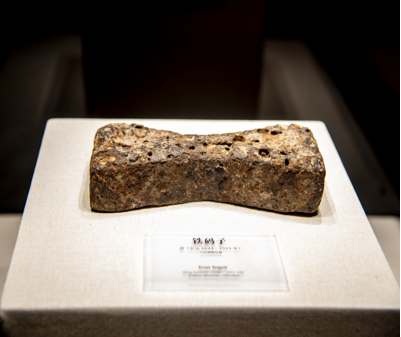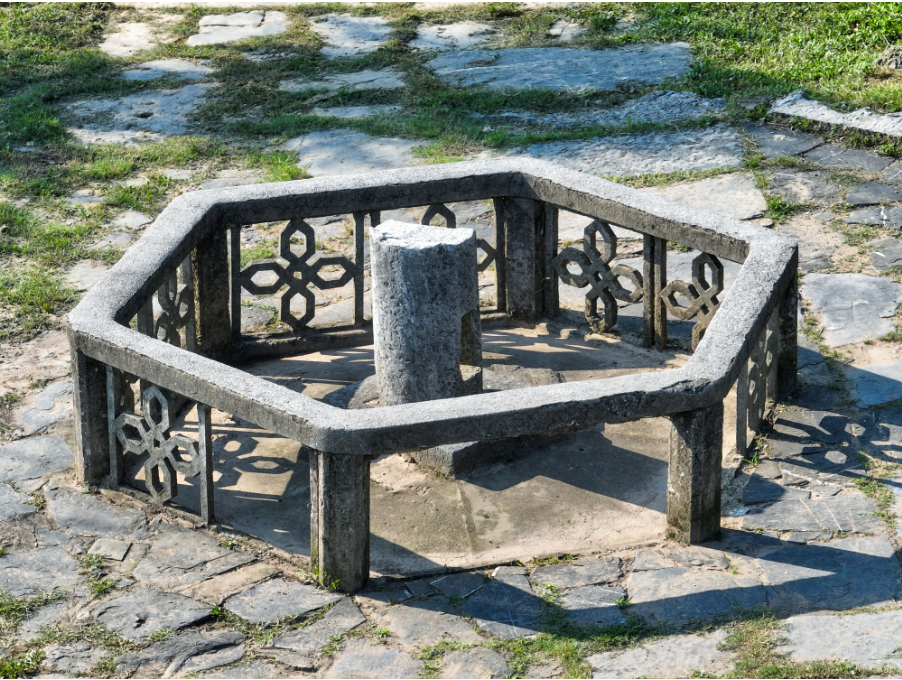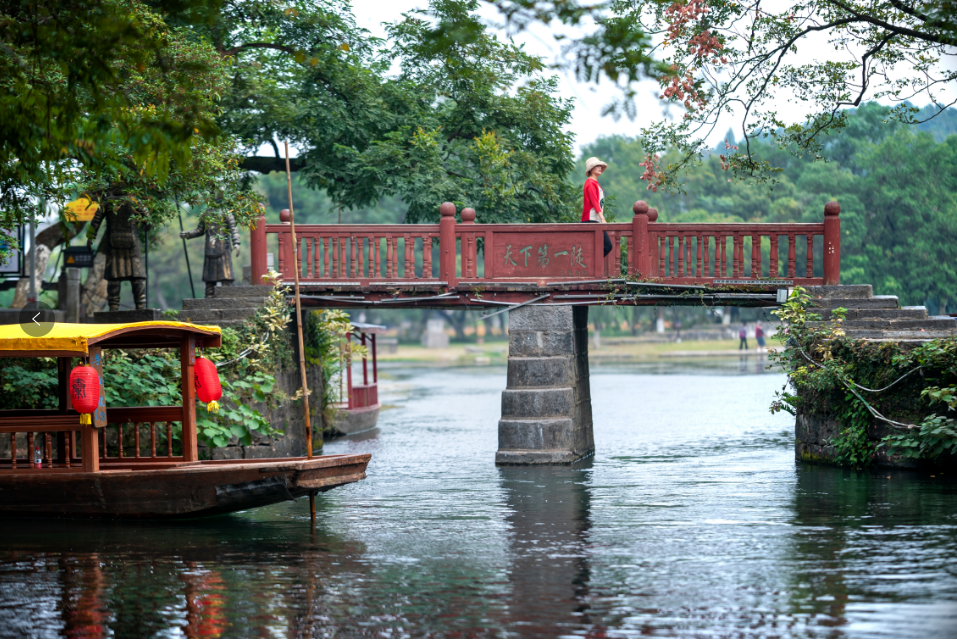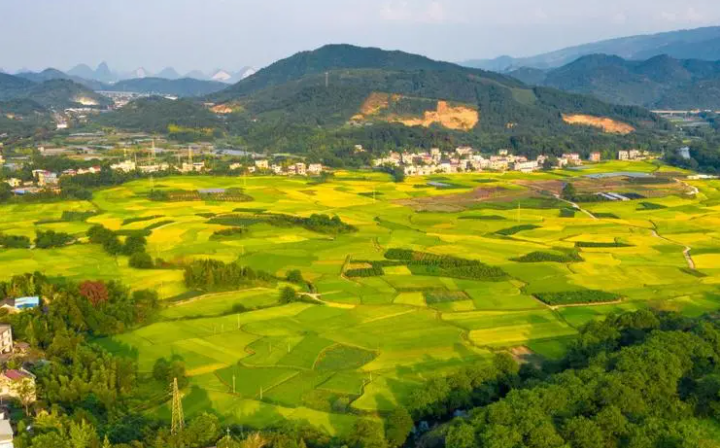Lingqu Canal is located in Xing'an County, Guangxi Zhuang Autonomous Region, the People's Republic of China, with a total length of 37 kilometers. It is an ancient canal connecting the Yangtze River water system and the the Pearl River water system. The Lingqu Canal was excavated in the 33rd year of Emperor Qin Shi Huang's reign (214 BC) and has been continuously used to this day. It is an important cultural heritage site with world influence. Together with Dujiangyan Irrigation Project in Sichuan Province and Zhengguo Canal in Shaanxi Province, it is known as the three major water conservancy projects in the process of Qin's unification of China. It is a strategic waterway for water transport in southern China that has lasted for more than 2000 years. It is an outstanding waterway that witnesses the unification and integration of Chinese civilization. It was recognized by the International Industrial Heritage Protection Committee (TICCIH) as "an important canal historic site in the world" and has made irreplaceable contributions to the development of human scientific and technological civilization. It is known as "the pearl of ancient water conservancy buildings in the world". In 1988, it was announced by the State Council as a national key cultural relics protection unit. In 2006, it was included in the preliminary list of China's world cultural heritage. In 2018, it was honored as "the world heritage of irrigation projects" and known as "the pearl of ancient water conservancy buildings in the world".
The main works of Lingqu include the diversion works at the head of the canal, the south canal and the north canal. The diversion works are composed of Huazui and Tianpingba, which divide the water in the upper reaches of the Xiangjiang River into three parts, connect the Xiangjiang River through the excavation of the north canal, and connect the Lijiang River through the excavation of the south canal, thus connecting the Yangtze River, the Pearl River water system and even the ancient inland river water transport network of China.



The Lingqu Canal is the earliest existing mountain crossing canal in human history, showcasing the superb achievements of ancient Chinese water transportation and water conservancy technology. The builders of Lingqu, through precise surveys of terrain, landforms, and water systems, carefully planned and designed, overcame difficulties such as water source selection and mountain elevation differences, and ultimately achieved smooth communication of water transportation between the two rivers. Among them, the canal head project effectively solved the height difference and water distribution problems between the Xiang River and the Lijiang River, and is a representative of ancient Chinese water distribution technology; The practice of "curved gate replacement" technology in waterway layout is an early classic example of the application of curved gate replacement technology in human history. The steep gate on the Lingqu waterway is a simple and easy navigation auxiliary facility, known as the "father of world ship locks".
The Lingqu Project showcases the unique water conservancy concept of harmony between humans and nature in Chinese civilization. By combining the geological and hydrological conditions of different canal sections and maximizing the integration and utilization of natural resources, various types of hydraulic facilities such as steep gates, dams, and culverts have been arranged. Through clever design of individual structures and flexible combination of different facilities, precise control of water volume can be achieved under different water conditions with extremely simple operation methods, maintaining dynamic balance and continuously maximizing the comprehensive benefits of navigation, irrigation, flood discharge, and domestic water use. It is an outstanding example of multifunctional canal water resource utilization and management in the era of agricultural civilization worldwide.
The Lingqu Canal also holds significant importance for the historical and cultural development of China and the exchange of world civilizations. During the Qin and Han dynasties, the opening of the Lingqu Canal directly promoted the historical process of the central dynasty unifying Lingnan. In the following two thousand years, Lingqu, as the only waterway from the Central Plains to Lingnan, promoted the in-depth exchange and full integration of Central Plains culture and Lingnan culture from various aspects, facilitated the communication, exchange, and integration between the Chinese ethnic group in the Central Plains and the Baiyue ethnic group in Lingnan, and promoted the formation of a diverse and integrated Chinese civilization. At the same time, as an important node of the ancient Maritime Silk Road, Lingqu witnessed the exchange and dialogue between Chinese civilization and Southeast Asia and other civilizations, and has outstanding universal significance.


